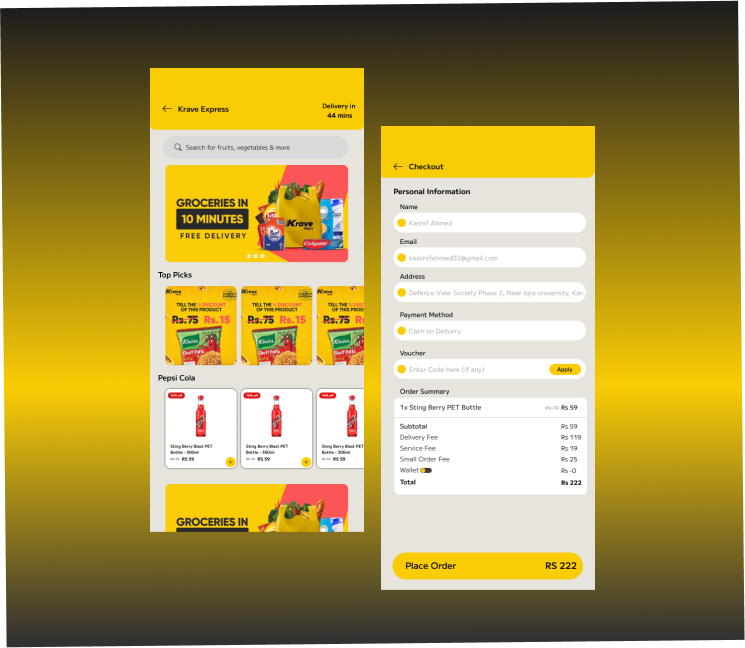User-centered design (UCD) is a design philosophy that prioritizes the needs, preferences, and limitations of end-users at every stage of the design process. By focusing on the user, designers can create more effective, efficient, and enjoyable products. Here are the key principles of user-centered design that can help you create better user experiences.
Understanding user needs is the cornerstone of user-centered design. This involves conducting thorough research to gather insights about your target audience. Methods like surveys, interviews, and usability testing can provide valuable information about what users want and how they interact with similar products. By understanding their needs and pain points, you can design solutions that truly address their concerns.
Usability and accessibility are crucial for ensuring that your design is easy to use for everyone. Usability refers to how effectively, efficiently, and satisfactorily users can interact with your product. It’s important to design intuitive interfaces that users can navigate without confusion. Accessibility, on the other hand, ensures that your product can be used by people with various disabilities. This includes designing with screen readers in mind, providing alternative text for images, and ensuring keyboard navigability. By prioritizing usability and accessibility, you can reach a broader audience and improve the overall user experience.
Consistency and clarity in design help users understand how to use your product quickly. Consistent design elements, such as typography, color schemes, and navigation patterns, make your interface predictable and easy to learn. Clarity involves providing clear instructions and feedback so users know what actions they can take and what to expect. A well-structured layout and straightforward language can significantly enhance user understanding and satisfaction.
Feedback and iteration are essential components of the user-centered design process. Gathering user feedback allows you to identify areas of improvement and make necessary adjustments. This can be done through usability testing, user surveys, and direct user feedback. Iteration involves refining your design based on this feedback, continuously improving the product until it meets user needs effectively. This cycle of feedback and iteration ensures that the final product is well-aligned with user expectations.
Aesthetics and functionality must be balanced in user-centered design. While a visually appealing design can attract users, it’s important not to compromise on functionality. Your design should not only look good but also perform well. Strive to create an interface that is both beautiful and functional, providing a seamless and enjoyable user experience.
In conclusion, user-centered design is about putting the user at the heart of the design process. By understanding user needs, ensuring usability and accessibility, maintaining consistency and clarity, gathering feedback, and balancing aesthetics with functionality, you can create products that deliver exceptional user experiences. Embrace these principles to design products that not only meet but exceed user expectations.


